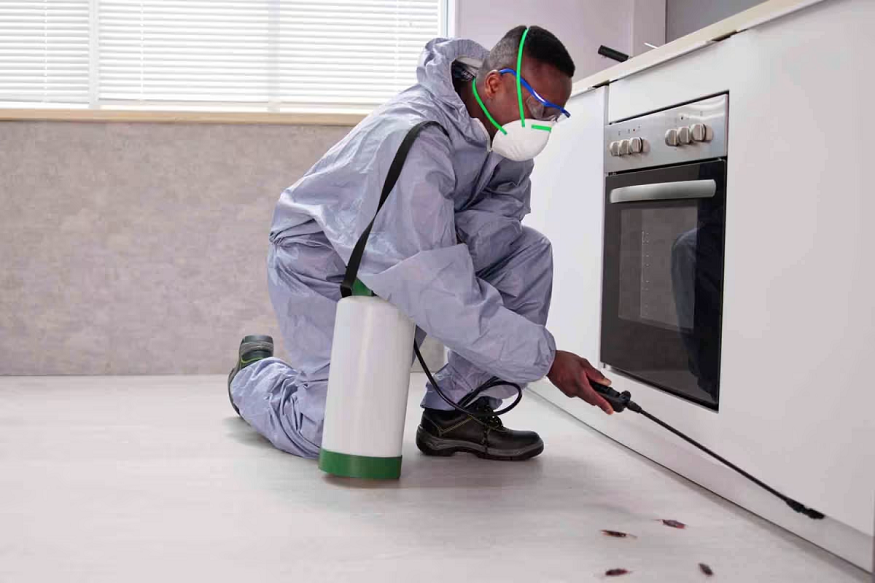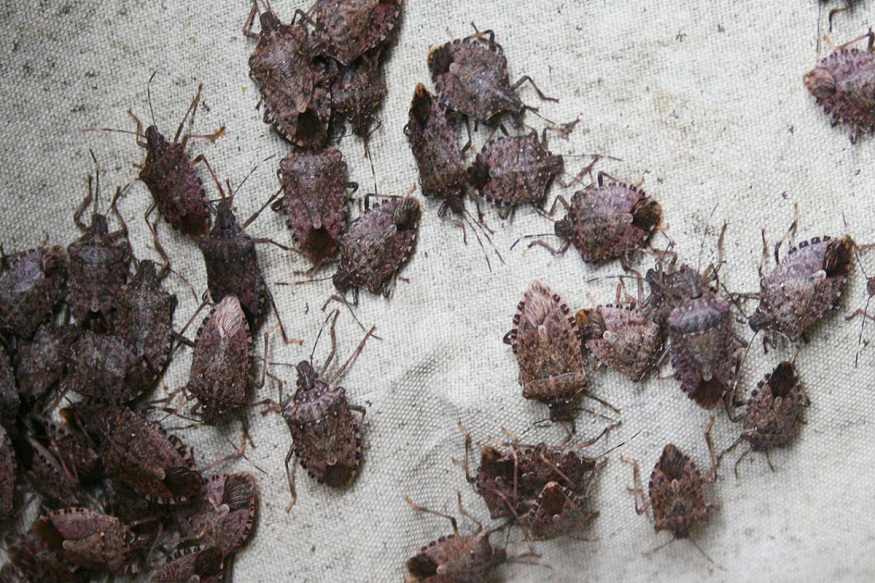Indianapolis homeowners are contending with a growing challenge that tends to catch many of them off guard until it is too late. With more than 887,000 people crammed into the metro area, much of the inner city’s nature is providing rodents with genuine buffet-style living: countless food offerings and plenty of roosting spots in between the roads!
Rodent problems in one home can quickly affect other properties because of the interconnected nature of Indianapolis neighborhoods, which means these problems need to be dealt with community-wide.
If rats can withstand your best efforts to eliminate them, you need skilled pest control in Indianapolis by professionals to ensure the safety of your Indianapolis residence and family.
What Is Urban Living & How Is It Increasing Rodent Risk In Indianapolis?
Indianapolis’s growth into a modern urban city has inadvertently turned the entire city into a rat utopia.
Urban Living In Indianapolis: Quick Overview
As city living reaches new heights across the nation, downtown revitalization, mixed-use developments, and increased residential density can be found in only the finest cities, such as Indianapolis. The urban core of the city goes way beyond Monument Circle, from the use of blank walls as temporary public art in neighborhoods such as Mass Ave and Fletcher Place to the in-the-know, Fountain Square district.
In our cities, building systems are connected, walls are shared between properties, utility networks run underground, and ample greenways such as the Cultural Trail and White River State Park exist. Although these characteristics make the capital of Indiana lovely to live in, they also allow ideal conditions for rodents to breed, multiply, and spread throughout a residential or commercial area.
Why Is It Increasing Rodent Risk?
Local factors about our city make Indianapolis exceptionally vulnerable to rodent problems because they are the main contributors to creating the urban environment that amplifies the rodent problems.
Dense Population Creates Abundant Food Sources
The amount of food waste that is caused by the concentration of restaurants along Massachusetts Avenue and Virginia Avenue baits the rat and mouse population. Annually, Indianapolis yields around 1.2 million tons of trash, much of which is organic material that is a food source for rodents. In communities with shared dumpsters and poor waste handling on multi-unit properties, like Lockerbie Square and Holy Cross, rodent populations are roaming and eating too.
Interconnected Infrastructure Provides Easy Travel Routes
Because the basements are connected in most of the older neighborhoods in Indianapolis, the same with the utility lines, and the same with all the older sewer systems, rodents are able to travel from one home to another without detection. These rats have hidden highways throughout the urban core, thanks to the city, with its vast underground infrastructure of steam tunnels downtown and century-old sewer lines in alleys and neighborhoods, including Old Northside.
Why It is Important To Seek Professional Help
Recent data from the Indiana health department shows that more professionally treated homes suffer from repeat infestations, close to 85% less than those treated using do-it-yourself methods. By employing focused tactics that eliminate existing issues and avert new ones through a systematic exclusion process designed especially for the nuances of our urban area and housing types, companies such as Pointe Pest Control find success, mainly due to their adept local knowledge of the Indianapolis neighborhoods.
With professional services, you get constant monitoring, seasonal modifications to account for Indianapolis’ fluctuating weather cycles, and complete treatment plans that protect your investment while keeping your family safe and happy.
With many properties all connected in unique ways and often multiple sources of infestations, rodent control in Indianapolis requires more professional attention than a DIY method can offer. Indianapolis has its unique challenges, and local pest control experts have studied the seasonal patterns that drive rodents indoors when winters become harsh, or the construction trends that create new entry points in developing neighborhoods.



